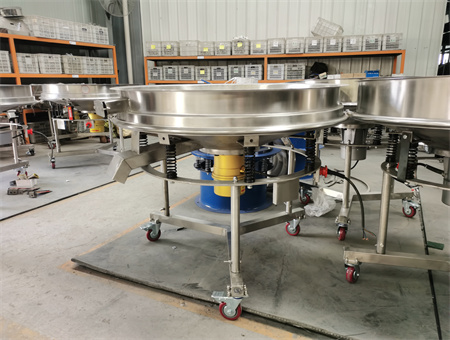Which type of vibrating screen is suitable for latex paint
High frequency screen is a kind of screening machine with low energy consumption, high frequency and ideal filtering effect. It is suitable for the screening and filtering of any powder, granule and mucus in the food industry, chemical industry, pharmaceutical industry, abrasive ceramics, and metallurgical industry. The high frequency sieve is especially aimed at the sieving of glaze in the ceramic industry, and the effect is very significant.
View More+
.jpg)

